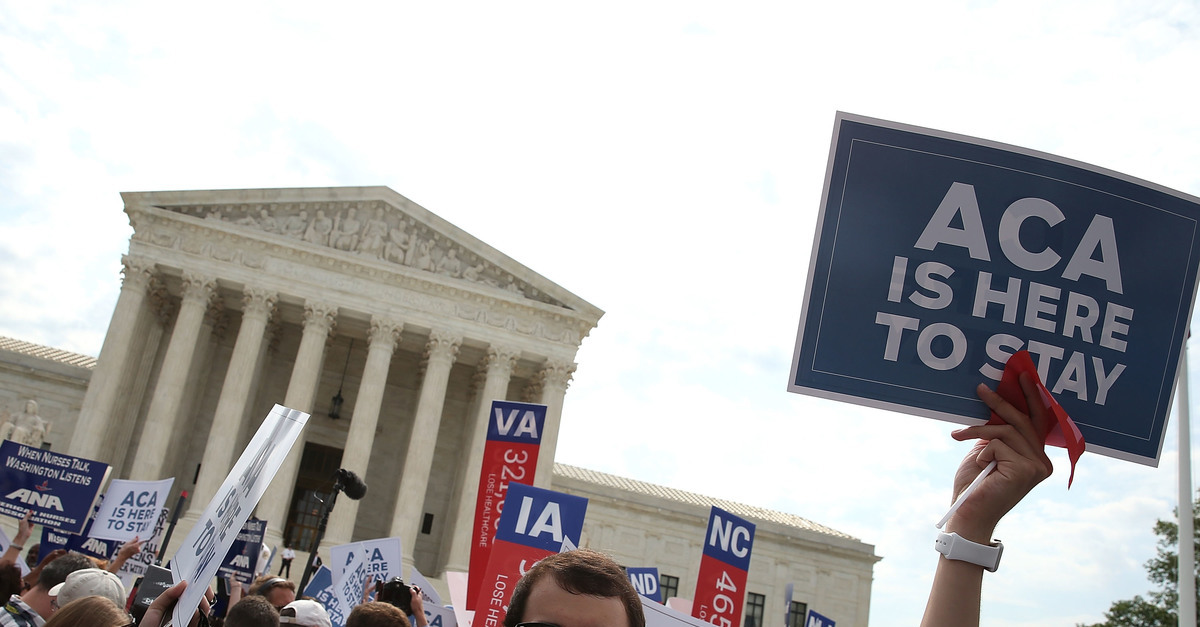
The United States Supreme Court will hear oral arguments Tuesday in Maine v. Community Health Options v. U.S. – a group of consolidated cases that asks whether the federal government is obligated to reimburse health insurance companies for losses incurred because of the Affordable Care Act (ACA). Potentially billions of dollars are at stake.
When the ACA first went into effect in 2014, individuals and businesses alike braced themselves for impact. Among those who were sure they’d be adversely affected were health insurers themselves. Under the ACA, health insurance companies were no longer allowed to raise premiums based on an insured’s poor health.
This was a celebrated victory for those individuals who had been badly in need of health coverage – but it caused epic uncertainty for the financial stability of the insurance companies. Because so many individuals had been uninsured or underinsured before the ACA, insurers had no reliable data on which to predict their impending costs. None of this was a surprise, and when Congress passed the ACA, it specifically created “risk corridors” to help insurance companies adjust to the new healthcare landscape under the ACA.
Risk corridors, under §1342 of the ACA, were the vehicles whereby insurers would receive payments from the federal government for the first three years in which the ACA exchanges operated; if the insurers’ costs exceeded the premiums they collected, they’d be compensated for those losses. Insurers whose premiums exceeded their costs would be required to make payments into the risk corridors, and essentially share their take with companies that had been less successful.
The plan didn’t last long, though. In December 2014 (after insurers had already set their premiums for 2015), Congress passed an appropriations bill that banned funds collected from being used to reimburse insurers as part of the risk-corridor program. Shortly after that, the Department of Health and Human Services (HHS) got involved and adopted a rule that it would “make full payments” to the insurers that had been expecting government funds – but that didn’t last either. HHS’s idea of how much to reimburse was way less than insurers were expecting as part of the risk corridor program.
When we say “way less,” we’re talking more than $2.5 billion for 2014, $5 billion for 2015, and almost $4 billion for 2016.
And that brings us to the lawsuit.
Insurers filed a number of lawsuits, demanding the billions they claimed to be owed. The federal government has argued that it isn’t obligated to make good, because Congress chose to limit the funds available to use for payouts.
At issue is whether the ACA’s original plan – to use risk corridors as a means of reimbursing companies that suffered losses – constituted a binding legal obligation and, if so, whether that obligation was alleviated by subsequent actions taken by Congress.
Moda Health Plan, one of the insurers involved in the litigation, warned in its brief, “The government’s attempt here to escape clear textual commitments through inferences from legislative history and GAO correspondence may serve its short-term interests, but only at the cost of sacrificing its long-term integrity and credibility as a reliable business partner.”
[Image via Mark Wilson/Getty Images]
Have a tip we should know? [email protected]